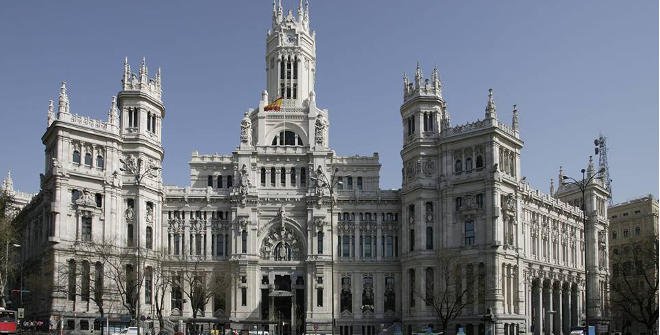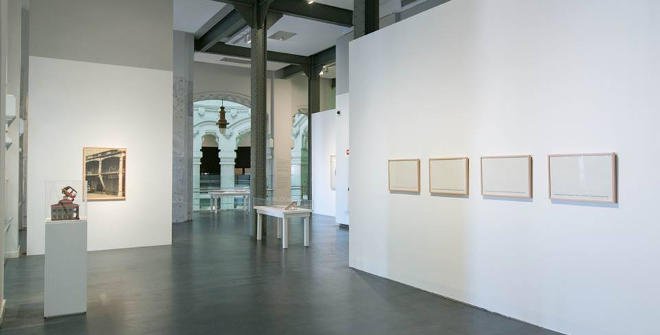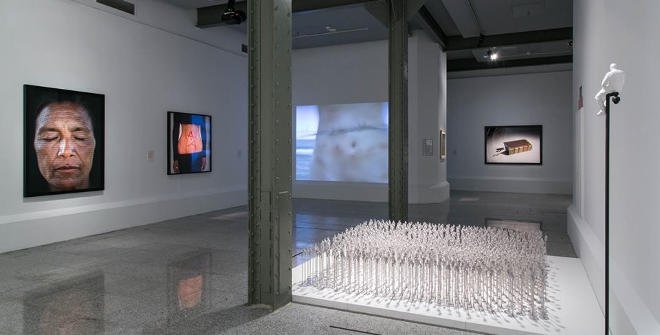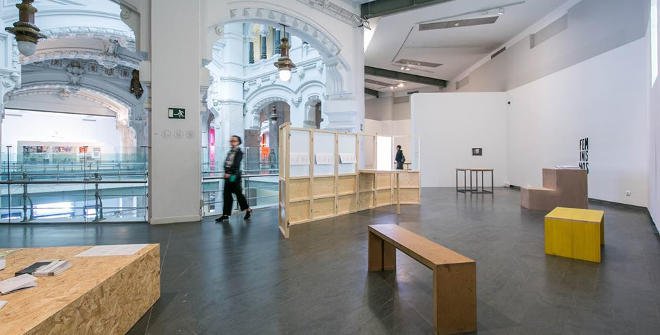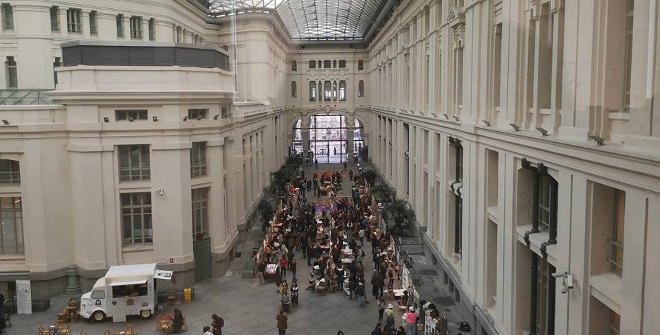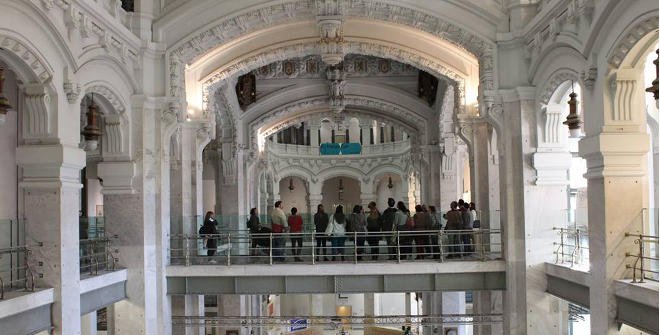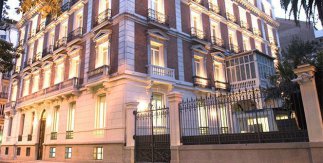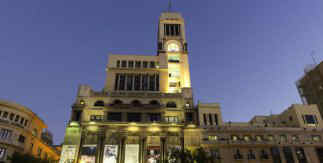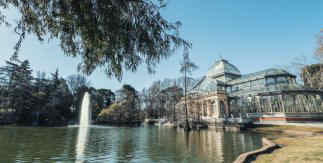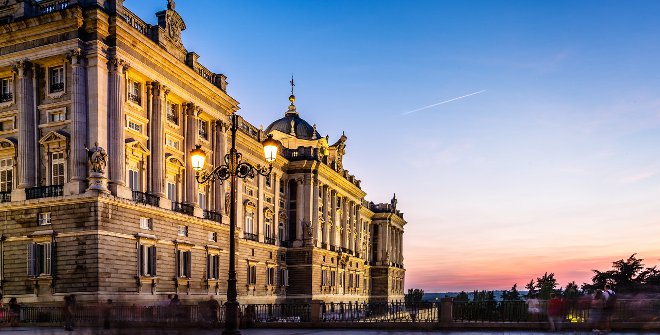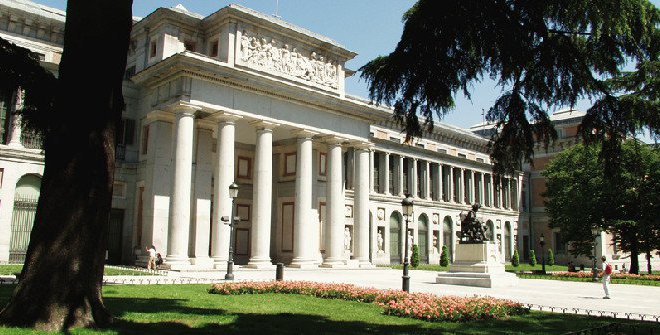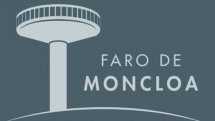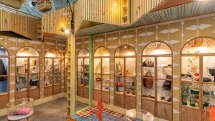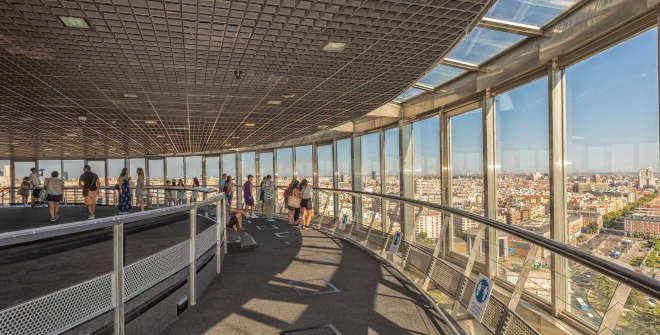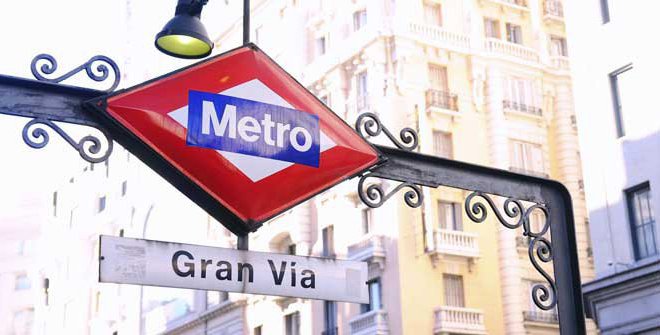Located in the Cibeles Palace, headquarters of Madrid City Council, this public culture and leisure centre along Paseo del Arte (Art Walk) is a lively and vibrant space connected to the city and to urban life. Its programme creates a dialogue between disciplines—design, illustration, art, photography, urban planning, architecture, music, literature and history—with the aim of stimulating critical thinking to help face the challenges of today and tomorrow. Its programme strives to generate new ways of interacting with culture, based on intellectual reflection and entertainment, to spark the curiosity of an increasingly diverse audience.
Its backbone is the architecture and history that surround it, the creativity that fills its halls and the activities that bring the palace to life. CentroCentro boasts exhibitions, concerts, workshops, guided tours, events, a tourist information point, a shop, café and restaurant, social areas and an observation deck with unique views. You’ll always find something to do here.
In addition, as of December 2022, the Patio de Operaciones courtyard has been home to the Landscape of Light Interpretation Centre, an educational space where you can discover the treasures of this area, which stretches from Paseo del Prado, to the neighbourhood of Jerónimos and El Retiro Park, declared a UNESCO World Heritage Site on 25 July 2021.
The various exhibitions areas are spread over the first, third, fourth and fifth floors, covering more than 8000 m2.
The Auditorium can be found on a lower ground level. With the capacity of up to 262 people, it's fully accessible and can accommodate all kinds of activities from conferences and presentations to concerts.
There are also three restaurants in Cibeles Palace: Café Cibeles and the Cornamusa Cibeles restaurant, located on the ground floor and the sixth floor of the building, respectively; and on the sixth floor, Azotea Cibeles is a modern rooftop space where you can have a drink, cocktail or a bite to eat while enjoying unbeatable views of the Plaza de Cibeles and the Madrid skyline.
For even more breathtaking vistas, head up to the Mirador Madrid observation deck on the 8th floor.
The Palace, designed by acclaimed architects Antonio Palacios and Joaquín Otamendi, was opened in 1919 and originally served as the Head Post Office. Declared a Cultural Heritage Monument in 1993, it has a Functionalist design and is one of the oldest examples of Modernist architecture in Spain.
Guided tours of the building and Mirador Madrid observation deck
The Mirador Madrid observation deck will be closed till 3 September due to high temperatures.
CentroCentro offers free guided tours of both the building and the Mirador Madrid observation deck. The tour of the building (available in English, French and Italian) lasts approximately 1 hour and is for groups of up to 25 people (guide included). The tour of the viewpoint (only available in Spanish) is 30 minutes long and caters for a maximum of 10 people (guide included).
For either tour you must book your place in advance, by email at info@centrocentro.org, at the information desk (main floor) or by telephone at (+34) 914 800 008.
 centrocentro6.jpg
centrocentro6.jpg centrocentro2.jpg
centrocentro2.jpg centrocentro4.jpg
centrocentro4.jpg centrocentro5.jpg
centrocentro5.jpg centrocentro_3.jpg
centrocentro_3.jpg centrocentro.jpg
centrocentro.jpg